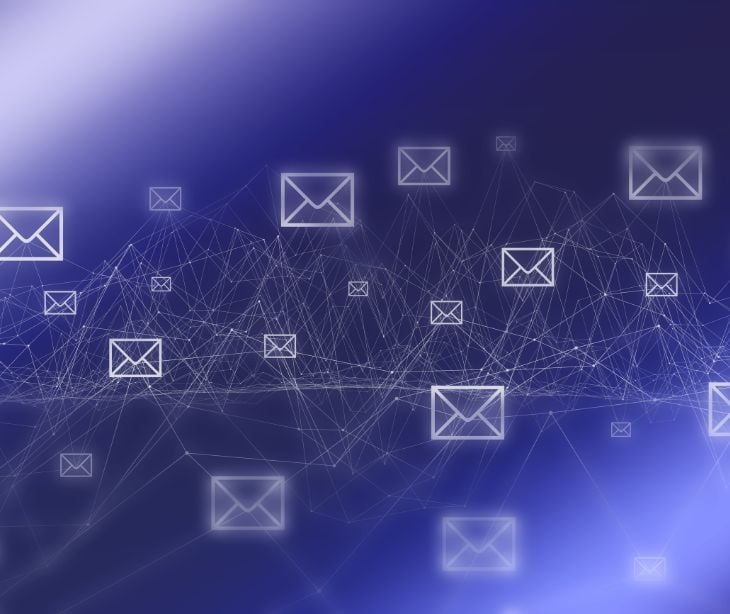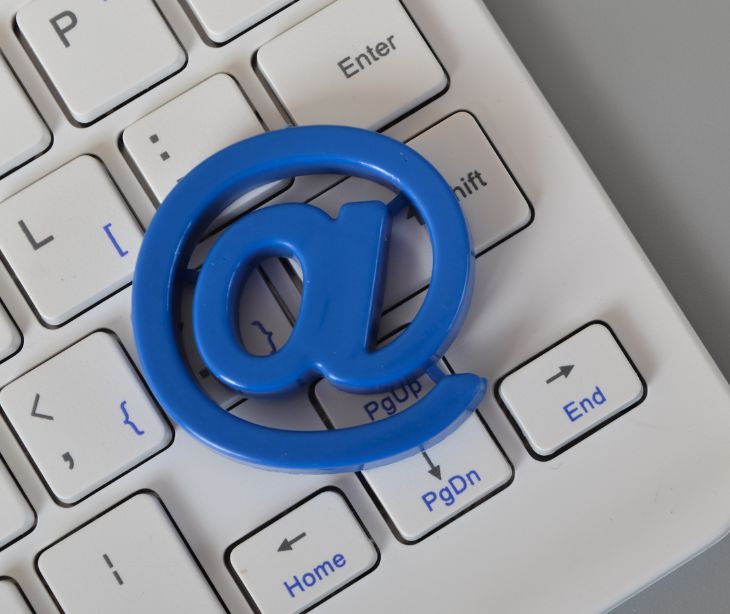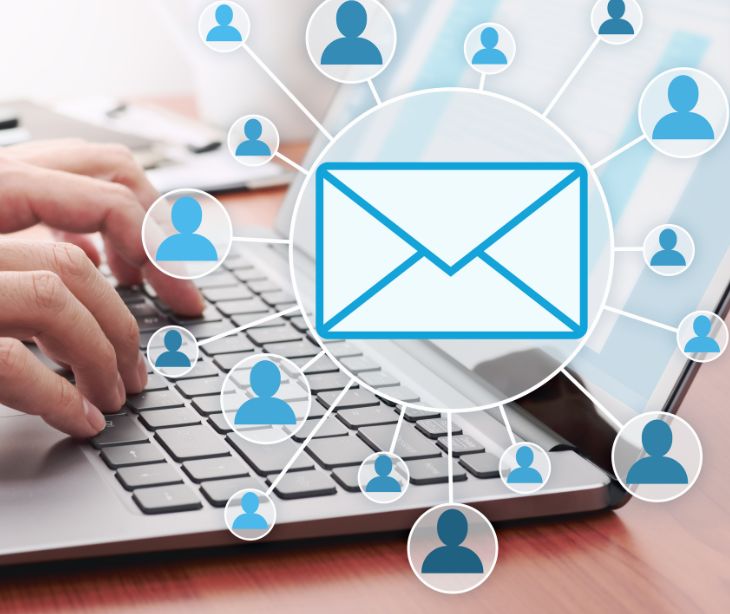
Email aliasing can be ethical in healthcare when used correctly and responsibly. Email aliasing in healthcare involves creating alternative email addresses that forward to a primary email account. Healthcare professionals use these aliases for various purposes. For instance, a doctor might have a personal email address for internal communications and separate aliases for patient inquiries, appointment bookings, or specific medical departments. This system keeps primary email addresses private.
The ethical considerations to apply when using email aliasing
Based on a study on the topic of email alias detection, “Aliases can be tailored to specific scenarios, which allows individuals to assume different aliases depending on the context of interaction.” While aliasing can sound intimidating, it can be done correctly if performed transparently.
The ethical use of email aliasing requires a balance between the benefits it offers and the potential risks it poses. It demands a commitment to principles like honesty, transparency, and accountability.
- Transparency and honesty: While aliases can offer anonymity or privacy, they should not be used to deceive or mislead recipients. For instance, in a business context, it's necessary to maintain transparency about who is behind an alias to avoid misunderstandings or misrepresentations.
- Consent and disclosure: In situations where email aliasing might affect other parties, obtaining consent or disclosing the use of an alias can be an ethical necessity. This is especially true in professional settings, where clients or customers have a right to know who they are communicating with.
- Data security: The use of email aliases must align with data protection laws and ethical standards. This includes ensuring that aliases do not inadvertently increase the risk of data breaches or cyber-attacks.
- Accountability: Individuals using email aliases should remain accountable for their communications. Aliases should not be used as a shield for irresponsible or unethical behavior, such as harassment, spamming, or spreading misinformation.
- Responsibility in management: For organizations that implement email aliasing, there’s a responsibility to manage these aliases properly. This includes ensuring they are used appropriately, monitored for misuse, and protected from unauthorized access.
- Avoiding harm: Email aliases should not be used in ways that cause harm to others. This encompasses avoiding the spread of false information, respecting the boundaries of others, and not engaging in activities that could be damaging if carried out under an alias.
See also: HIPAA Compliant Email: The Definitive Guide
What are the risks associated with using email aliasing in healthcare?
Using email aliasing in healthcare carries several risks that need careful consideration. These include:
- Firstly, the added complexity of managing multiple aliases can lead to mistakes, such as sending sensitive patient information to the wrong alias. This misdirection can result in unintended privacy breaches.
- Secondly, if not properly secured, aliases can be vulnerable to cyber-attacks, including phishing and spoofing, potentially leading to data breaches. Thirdly, there's a risk of healthcare providers developing a false sense of security, neglecting the need for robust underlying email system security.
- Lastly, the dependence on technical infrastructure means that any system failures or lapses in management can compromise the confidentiality and integrity of patient information.
See also: Ethical email marketing for healthcare organizations
Educating patients about email aliasing
Educating patients about the use of email aliases in healthcare communication significantly enhances their understanding and trust in the healthcare system. It clarifies who they are communicating with and for what purposes, especially when different aliases are designated for appointments, consultations, or general inquiries. This understanding is a requirement in an era where data security and privacy are major concerns. When patients are informed about how their information is managed and protected, it not only maintains confidentiality but also empowers them to use the communication system more effectively. As a result, the overall efficiency of healthcare services improves, leading to a smoother and more secure experience for both patients and healthcare providers.
See also: Educating patients about HIPAA compliant email
FAQs
What is email aliasing?
Email aliasing is the practice of creating an alternative email address that forwards messages to a primary email account. For example, emails sent to "support@company.com" might be forwarded to "jane.doe@company.com."
How does email aliasing work?
When an email is sent to an alias address, it is automatically forwarded to the designated primary email account. This allows users to manage multiple addresses without needing separate inboxes.
Is email aliasing the same as email forwarding?
Not exactly. Email aliasing involves using a different address that forwards to a primary email account, often without the sender knowing the primary address. Email forwarding can involve setting up rules to send received emails to another address.
Can email aliasing improve email management?
Yes, it can help organize and filter emails by function or department, such as "sales@company.com" for sales inquiries and "support@company.com" for customer service.
Subscribe to Paubox Weekly
Every Friday we'll bring you the most important news from Paubox. Our aim is to make you smarter, faster.



